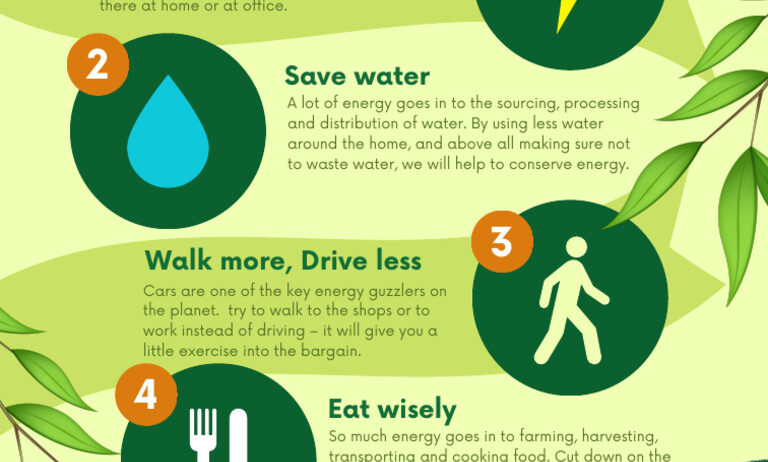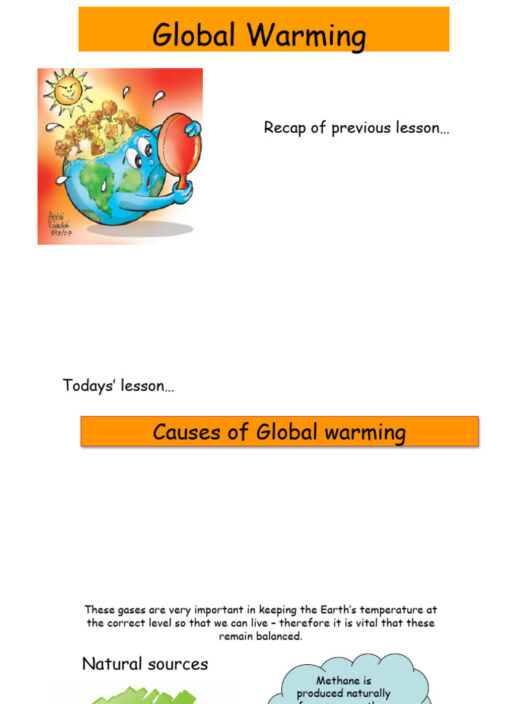Conserving energy is not merely an option; it is a necessity for a sustainable future. As individuals, households, and communities strive to lessen their carbon footprints, finding pragmatic ways to reduce energy consumption is vital. The strategies outlined below offer easy and effective solutions for conserving energy across various facets of daily life.
Incorporating these techniques not only helps the environment but can also result in significant financial savings over time. Let’s journey through some impactful methods that can make a difference.
Enhancing Home Energy Efficiency
One of the most significant areas for energy conservation lies within our homes. Enhancing energy efficiency can drastically reduce the amount of energy required for heating, cooling, and powering everyday appliances.
Insulation Innovations
Proper insulation is pivotal for maintaining temperature control. Inadequate insulation can lead to significant energy loss, resulting in higher heating and cooling costs. Consider upgrading insulation in the attic, walls, and floors, using materials such as spray foam or cellulose. These innovations help create a thermal barrier that retains warmth during winter and keeps heat at bay in summer.
Windows: The Gateway to Energy Loss
Windows are another often-overlooked source of energy inefficiency. Utilizing double or triple-glazed windows can mitigate heat exchange and enhance comfort. Additionally, applying window treatments like shades or films can block solar glare, thereby reducing reliance on air conditioning.
Energy-Efficient Appliances
Transitioning to energy-efficient appliances is a formidable strategy for reducing energy consumption. When shopping for new appliances, look for the ENERGY STAR label, which signifies superior energy performance. Upgrading to high-efficiency models for refrigerators, dishwashers, and washing machines can cut energy use significantly. Furthermore, remember to unplug devices not in use, as many continue to draw power even when turned off.
Transforming Daily Habits
Changing daily habits might seem trivial, but collective individual actions can lead to substantial energy conservation. By consciously altering routines, we can significantly reduce energy footprints.
Embrace Natural Light
By embracing natural light, we can decrease the need for artificial lighting. Open curtains during daylight hours and strategically position mirrors to reflect light into darker areas of your home. This eliminates reliance on energy-consuming bulbs and fosters a more inviting living space.
Smart Thermostats: A Step Towards Automation
Utilizing smart thermostats allows for better temperature regulation without manual effort. These devices learn your habits and adjust the heating and cooling systems accordingly. Set them to lower temperatures during the night or when the home is unoccupied to optimize energy savings.
Wash Wisely
When doing laundry, wash only full loads using cold water whenever possible. The majority of the energy used by washing machines goes into heating water. In addition, air-drying clothes can save a considerable amount of energy compared to electric tumblers.
Building Sustainable Transportation Habits
Transportation contributes significantly to energy consumption and greenhouse gas emissions. By adopting more sustainable practices, individuals can play an active role in energy conservation.
Public Transportation and Carpooling
Using public transportation is both economical and environmentally friendly. Buses and trains can carry numerous passengers, reducing the number of individual vehicles on the road. Carpooling is another effective solution, simultaneously decreasing traffic congestion and gas consumption. Coordinate with coworkers or neighbors to share rides, so you can all benefit from reduced expenses and environmental impact.
Opt for Eco-Friendly Vehicles
For those in the market for a new vehicle, consider hybrid or electric options. These cars utilize less fossil fuel, reduce emissions, and often offer significant savings in fuel costs. Additionally, as infrastructure for electric vehicles expands, charging becomes increasingly accessible.
Advocating for Renewable Energy Sources
As individuals, supporting renewable energy sources is crucial for long-term sustainability. By advocating for and utilizing alternative energy options, communities can significantly curb their reliance on fossil fuels.
Solar Panel Installation
Investing in solar panels is one of the most effective means of harnessing renewable energy. Homeowners can generate their own electricity, significantly reducing their reliance on traditional power sources. Incentive programs and tax credits can make these installations more affordable, ensuring a worthwhile return on investment.
Community Initiatives
Engage in local initiatives promoting renewable energy. Encourage local governments to invest in sustainable energy projects, such as wind farms or solar arrays. By participating in community discussions and pushing for legislative changes, you can channel collective action toward greener energy policies.
Conclusion: A Collective Responsibility
Conserving energy is a shared responsibility that necessitates action at both personal and community levels. With straightforward strategies ranging from enhancing home efficiency, altering daily habits, adopting sustainable transportation, and advocating for renewable energy, individuals can contribute significantly to reducing energy use. Every small action counts, creating a ripple effect that can lead to a more sustainable planet.
By implementing these methods, you not only foster a healthier environment but also promote economic savings and resource conservation as a collective effort. Remember, the journey towards energy conservation begins with you.





